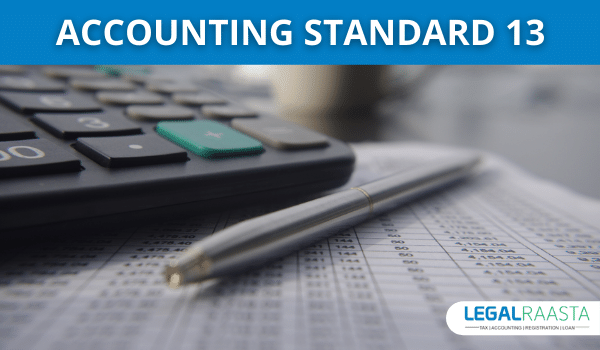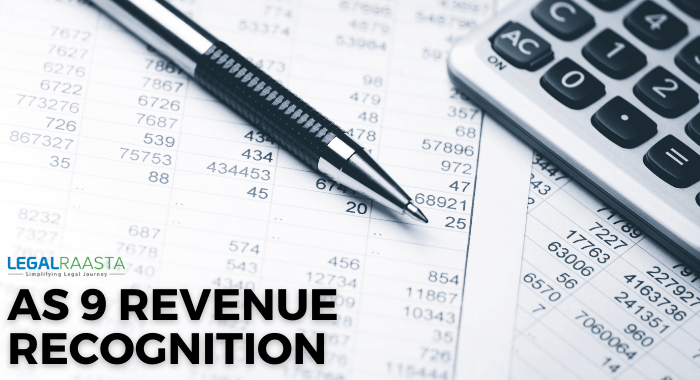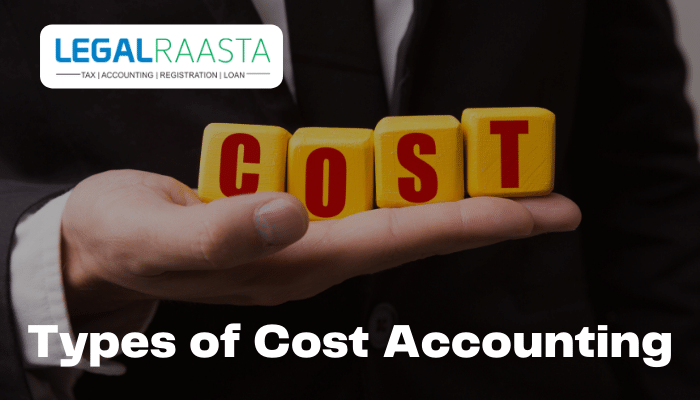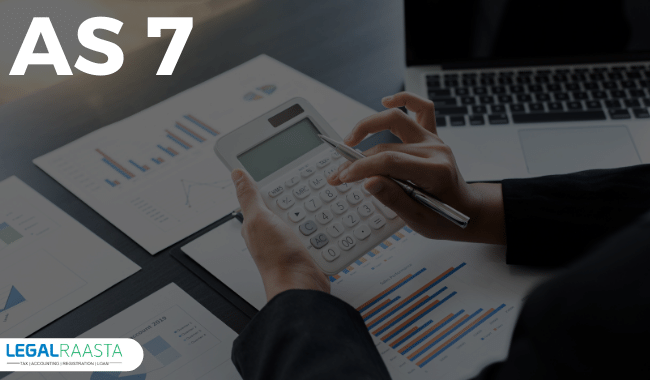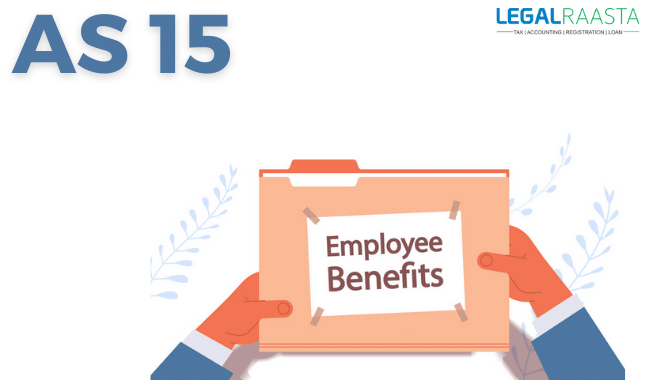AS 13 Accounting for Investments
AS 13 Accounting for Investments is a widely used standard that governs the accounting for investments in a company's financial statements and specifies different disclosure criteria.
Applicability of AS 13 Accounting for Investments
The following are not covered by AS 13 Accounting for Investments:
- Dividends, interest, and rentals earned on investments covered by AS 9
- Finance or operating leases covered by AS 19
- Investments in retirement benefit plans and life insurance enterprises covered by AS 15
- The following which is formed under the Central or State Government Act or declared under the Companies Act, 2013
- Investing in Mutual Funds
- Asset Management Companies and Venture Capital Funds
- Banks and government-owned financial organizations
Classification of Investments
- Current Investments - Current investments are those that are readily realizable by their nature and are intended to be kept for less than a year from the date of purchase.
- Long-Term Investments — Long-term investments are those that are not currently available for sale, even if they are readily marketable.
Cost of Investments
- Brokerage, duties, and fees — Charges for brokerage, duties, and fees are included in the cost of investments.
- Non-cash consideration — In the event that investments are bought, in whole or in part, by
- issuing stock
- issuing additional securities
- any other resource,
The fair market value of securities issued or assets surrendered is the cost of acquisition. The fair value of securities issued may or may not be the same as the par or nominal value. In the event that the fair value of such an investment is more obvious, it could be prudent to examine it.
- Interest, dividends, or other receivables - Dividends, interest, and other receivables related to investments are normally considered income, and the ROI is the return on investment (return on the investment).
- In some cases, however, such inflows represent a cost recovery and are not included in the income. If such allocations are difficult to make, the cost of investment is normally reduced to the extent of dividends payable only if the dividends constitute a clear recovery of a portion of the cost.
- Right Shares - If the right shares are later subscribed for, the cost of those right shares is added to the carrying amount of the original holding.
The sale profits from the sale of such rights are transferred to the P/L statement if the rights are not subscribed for. However, if an investment is purchased on a cum-right basis and the market value of the investment immediately after turning ex-right is less than the cost, it may be prudent to use the funds from the sale of rights to lower the carrying amount of the investment to the market value.
Carrying Amount of Investments
Current investments must be reported in
financial statements at the lower of cost or fair value, which is calculated either by investment category or by individual investment, but not on an aggregate basis.
Long-term investments must always be recorded at full cost in financial accounts. However, when the value of a long-term investment falls, even if it is only temporary, the carrying amount is decreased to account for the loss.
Investment Property
Investment property refers to investments in land or buildings that aren't intended to be used extensively for the investing company's use or commercial operations.
Investment Treatment on Disposal
The difference between the carrying cost and the revenues from the sale, net of any charges, is moved to P&L when the investment is sold or disposed of.
Reclassification of Investments
When a long-term investment is reclassified as a current investment, the transfer is effected at the carrying amount and the lowest cost at the time of the reclassification. When a current investment is reclassified as a long-term investment, the transfer is made at the lower of cost or the fair value of the investment at the time of the reclassification.
Disclosures in the Financial Statements
The following are the disclosures in financial statements that are applicable to AS 13 Accounting for Investments:
- The accounting policies used to determine the investment's carrying amount
- The amounts included in the profit and loss statement for:
(i) Dividends, interest, and rentals on the assets, with the income from long-term and current investments presented separately. The number of TDS (tax deducted at source) must be included in the Advance Taxes Paid section.
(ii) Profits and losses on the sale of current investments, as well as changes in the investment's carrying value
(iii) earnings and losses on the sale of long-term investments, as well as changes in the investment's carrying value.
(c) the total amount of both the quoted and unquoted investments, providing the total market value of the quoted investments
(d) substantial limitations on the right of ownership, realizability of the investments, or remittance of income and proceeds of disposal
(e) the total amount of both the quoted and unquoted investments, providing the total market value of the quoted investments
(f) other disclosures as explicitly as required by the relevant statute governing the company
Major differences between AS 13 and Ind AS 40
| Particulars |
AS 13 |
Ind AS 40 |
| Guidance on Investment property |
AS 13 provides only rudimentary advice on an investment property. |
In this context, Ind AS 40 gives comprehensive and independent instructions. |
| Inclusion of leased property |
When it comes to property held by the lessee under a financing lease, AS 13 remains silent. |
The property held by the lessee under a financing lease is covered under Ind AS 40. |
| Definition of Investment property |
AS 13 specifies what constitutes an investment property. |
Ind AS 40 makes a clear distinction between owner-occupied and investment properties. |
| Recognition criteria |
AS 13 is deafeningly silent on the subject of such treatments. |
The recognition requirements are covered by Ind AS 40 in a variety of scenarios. |
Related Blogs -
AS 3 – Cash Flow Statements
AS 2 – Valuation of Inventories: Definition, Method, and Benefits
Ind AS 115: Revenue From Contracts With Customers

